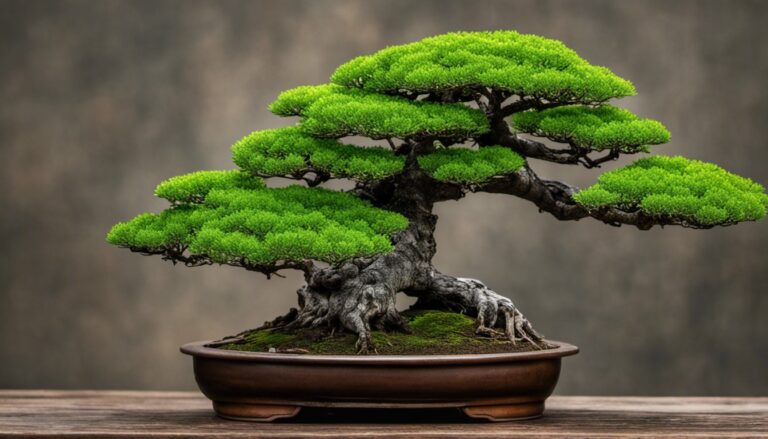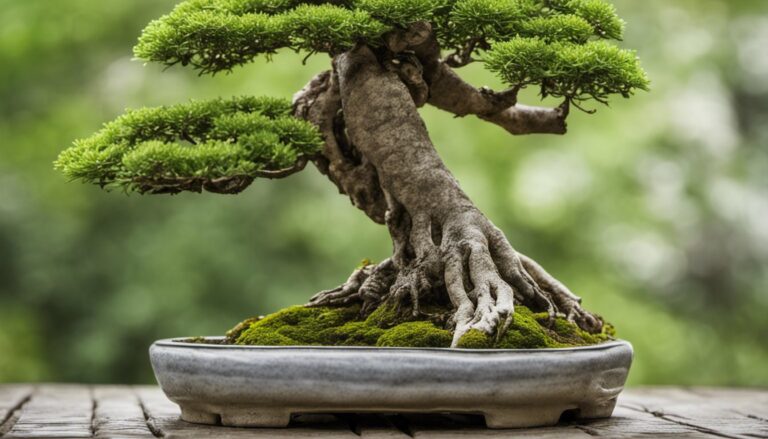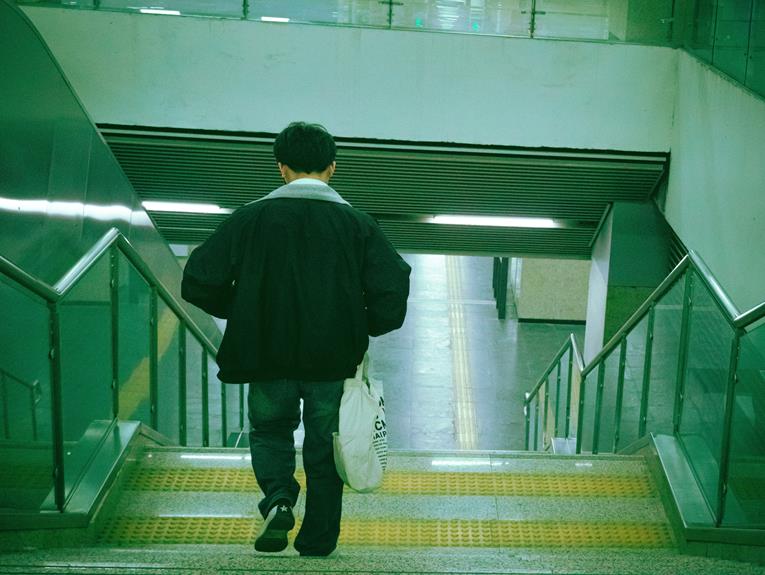Bonsai Mastery Unleashed: Secrets to Perfect Trunk Bending
Are you ready to unlock the secrets to perfect trunk bending in the art of bonsai?
In 'Bonsai Mastery Unleashed: Secrets to Perfect Trunk Bending,' you will discover the expert techniques and tips that will take your bonsai skills to new heights.
This article will guide you through the process of designing and planning the bends, timing and preparing the trunk, cutting and sealing it, and maintaining your bonsai for optimal health and growth.
With patience, consistency, and perseverance, you can achieve the elegant and harmonious shapes that reflect your desired style.
Get ready to delve into the world of trunk bending and elevate your bonsai mastery to a whole new level.
Key Takeaways
- Determine the desired style and severity of bends needed
- Timing and preparation are crucial for successful trunk bending
- Cutting and sealing the trunk is an important step in the process
- Watering, maintenance, and aftercare are essential for the health of the bonsai
Designing and Planning the Bonsai Trunk Bend
To achieve the perfect trunk bend in your bonsai tree, you must carefully design and plan the desired style and severity of bends. Start by sketching a rough design on paper, taking into consideration the time and effort required for severe bends.
It's important to adapt the design based on the species of the bonsai tree, as different species have different levels of flexibility. When it comes to timing, it's best to bend the trunk in mid to late summer, avoiding late fall or winter.
To make the trunk more malleable, weaken it by leaving the bonsai in the sun without water or using wet raffia. Additionally, a bonsai trunk splitter can be used to slightly crush the trunk.
Following these steps will ensure a successful trunk bend for your bonsai tree.
Timing and Preparing the Trunk for Bending
Once you have carefully designed and planned the desired style and severity of bends for your bonsai trunk, it's important to consider the timing and preparation necessary for successful bending.
To achieve optimal results, it's recommended to bend the trunk during mid to late summer, while avoiding late fall and winter.
Prior to bending, it's crucial to weaken the trunk to make it more malleable. This can be done by leaving the bonsai in the sun without water or by using wet raffia.
Another effective method is to use a bonsai trunk splitter to slightly crush the trunk.
Cutting and Sealing the Trunk
To achieve optimal trunk bending results, use a sharp knife to make a 1cm wide cut about ¾ deep into the bonsai trunk. This will weaken the trunk, making it more malleable for bending.
Once the desired bending direction is decided, repeat the process to achieve the desired bends.
It's crucial to apply water sealant or cutting paste to aid in the healing process and prevent infection.
Removing the copper wire after 4 months is essential to avoid girdling and allow the trunk to grow freely.
Cutting and sealing the trunk requires precision and attention to detail, as it directly affects the health and aesthetic appeal of the bonsai.
Take your time and ensure each cut is made carefully to achieve the desired results.
Watering and Maintenance
Ensure proper watering and maintenance is a key aspect of caring for your bonsai tree. Water the bonsai thoroughly when the topsoil is dry, preferably with rainwater. This helps prevent overwatering and allows for optimal root health.
Regularly check the bonsai for signs of insect infestation, such as wilting leaves or holes in the foliage. If an infestation is detected, take immediate action to prevent further damage.
Ensure the bonsai receives enough sunlight and is kept at the right temperature, as this directly affects its growth and overall health.
Following good aftercare practices, such as pruning, fertilizing, and repotting when necessary, is crucial for the health and longevity of your bonsai.
Alternatives and Repeating the Process
For achieving desired trunk bends in bonsai, there are alternatives to using copper wire and the process may need to be repeated multiple times. Here are some alternatives and important considerations:
- Raffia: This natural fiber can be used as a safer alternative to copper wire. It provides gentle support while allowing the trunk to bend naturally.
- Trunk Chopping: In some cases, severe bends may require the technique of trunk chopping. This involves cutting the trunk and allowing new shoots to grow in the desired direction.
- Patience and Perseverance: Successful trunk bending often requires multiple attempts. Be patient and consistent in your approach, allowing each bend to heal before attempting another.
Ensuring Successful Trunk Bending
Achieving successful trunk bending in bonsai requires careful planning and consistent maintenance of your tree's health and well-being. To ensure a successful outcome, it's important to follow certain guidelines.
Firstly, timing is crucial. Mid to late summer is the ideal period for trunk bending, as it allows for optimal flexibility. Avoid bending during late fall or winter when the tree is dormant.
Additionally, prepare the trunk by weakening it. This can be done by exposing the bonsai to sunlight without water or using wet raffia. Another method is to use a bonsai trunk splitter to slightly crush the trunk.
When making the actual cuts, decide on the desired bending direction and make a 1cm wide cut about ¾ deep into the trunk. Repeat the process for achieving the desired bends.
Conclusion
In conclusion, mastering the art of trunk bending in bonsai cultivation is essential for creating elegant and harmonious shapes that reflect your desired style.
By following the expert tips and techniques outlined in this article, you can design and plan the bends, time and prepare the trunk, cut and seal it, and maintain the bonsai for optimal health and growth.
With patience and perseverance, you can unlock the secrets of perfect trunk bending and elevate your bonsai mastery to new heights.







